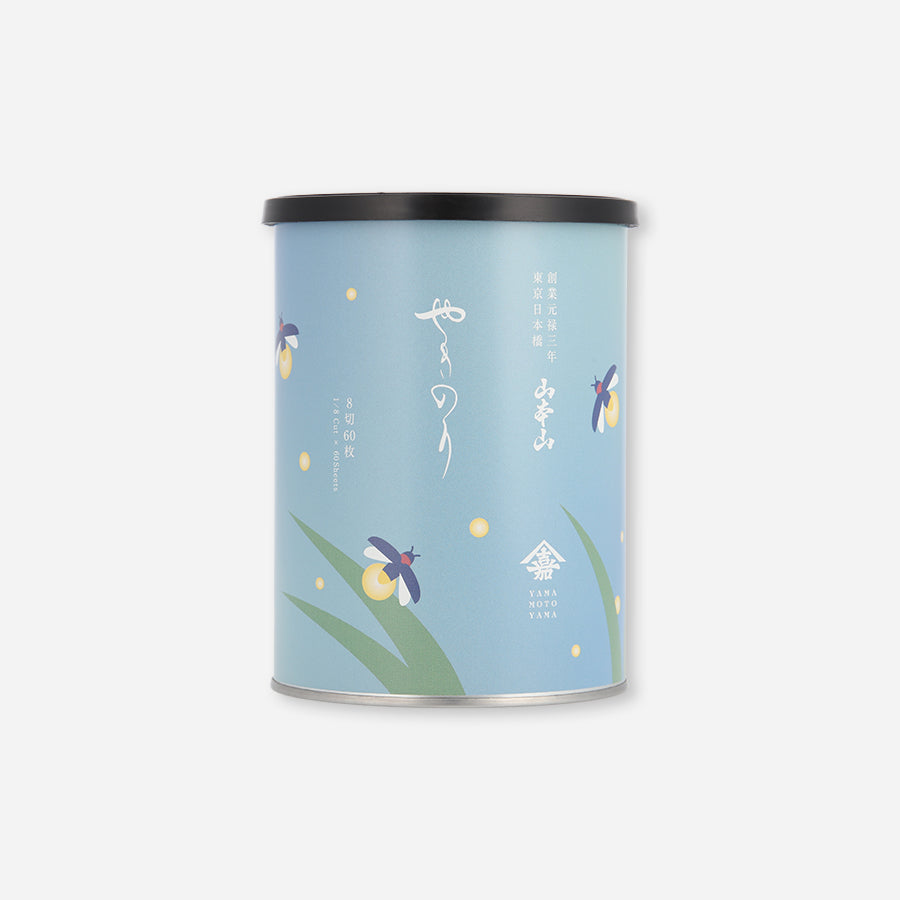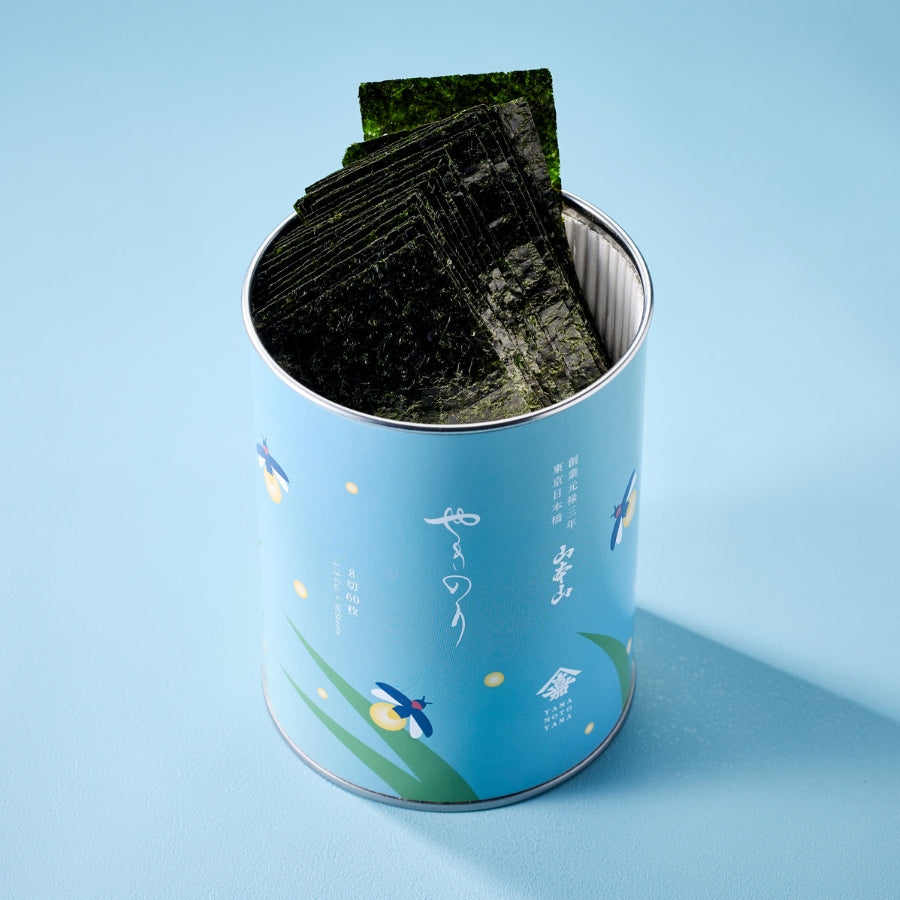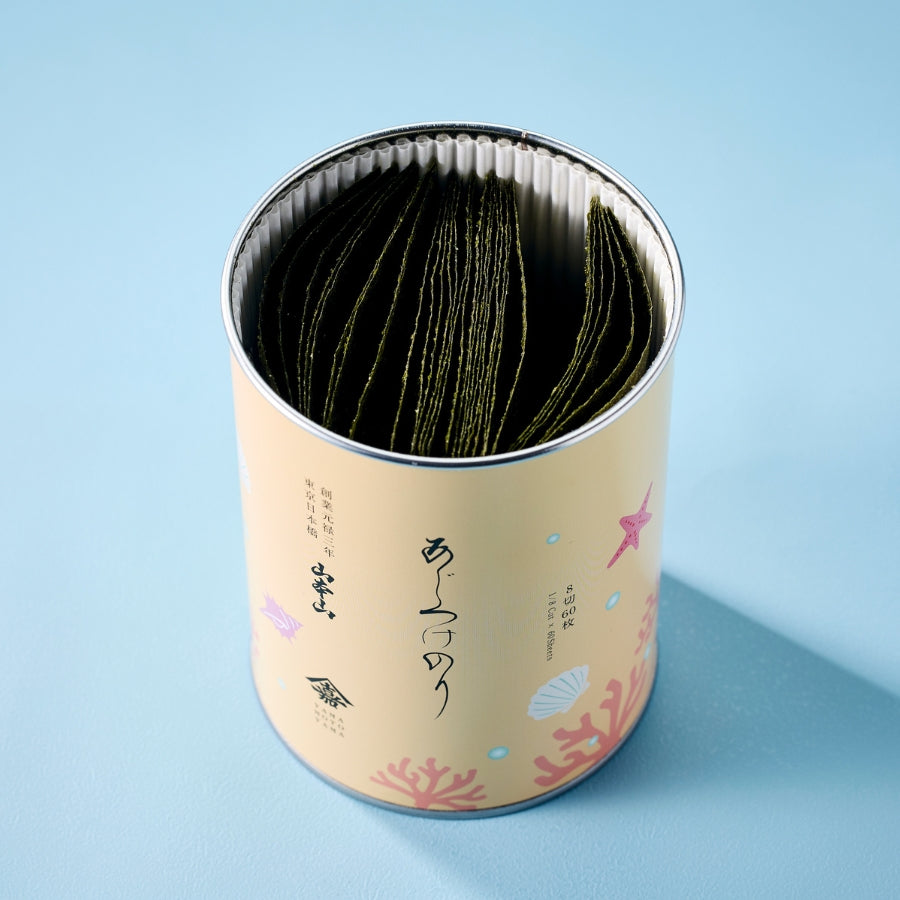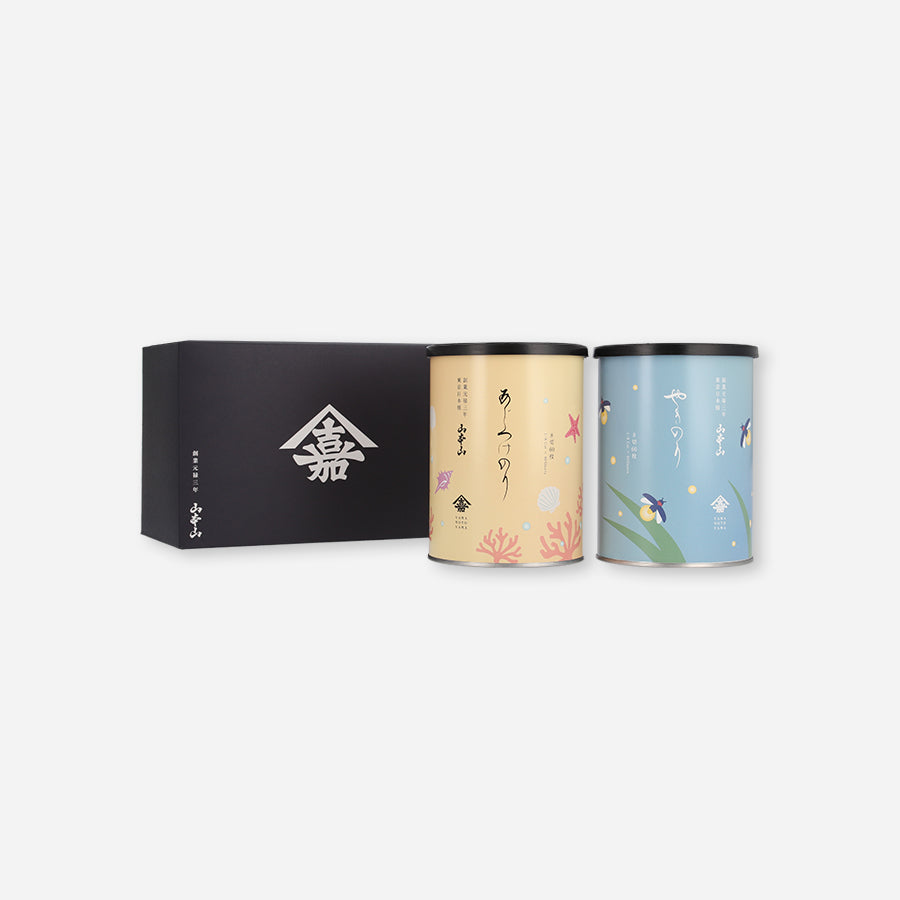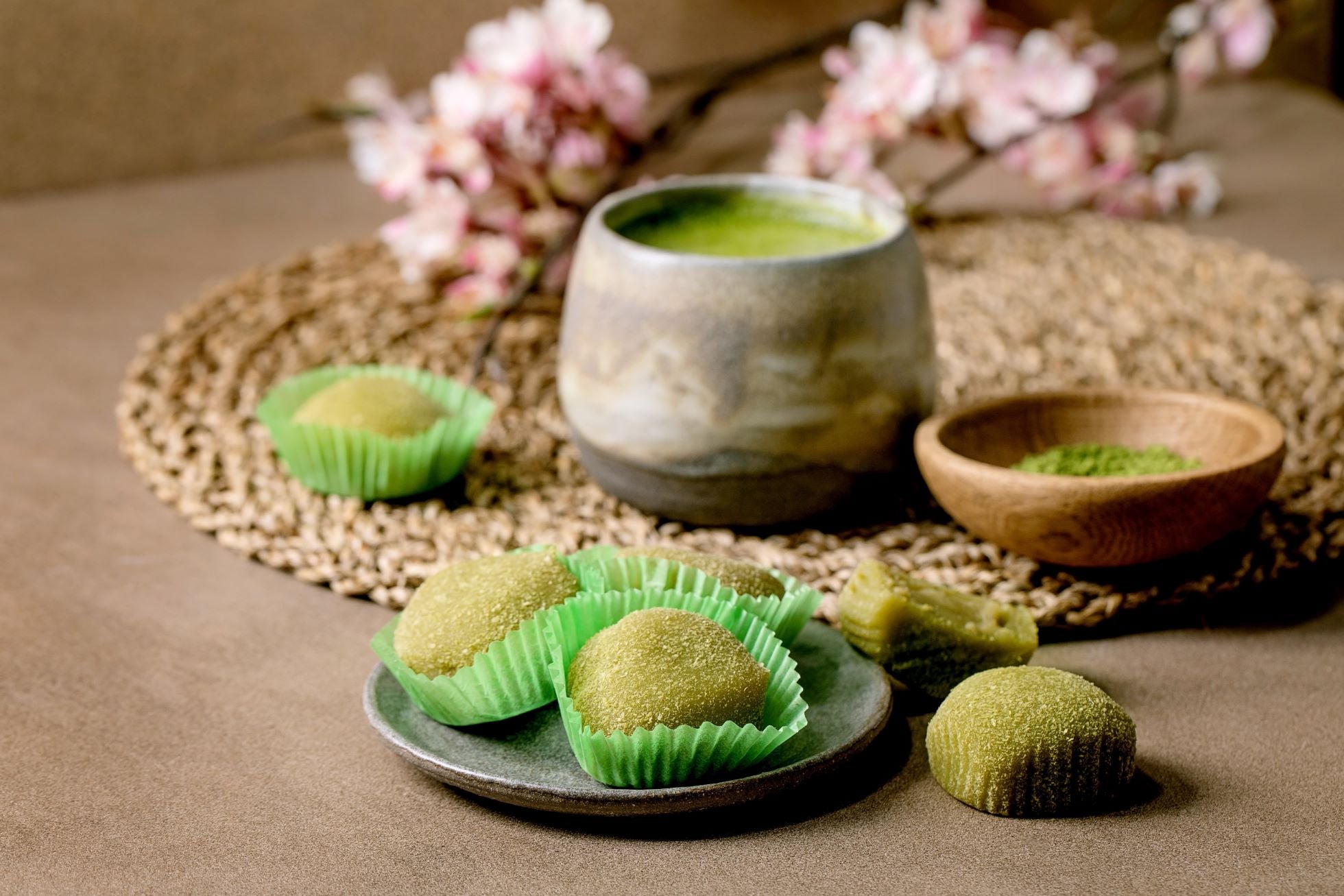
[Understanding] The meaning behind the tea plant's flower language
The flower language of tea plants
The tea plant belongs to the Camellia genus of the Theaceae family and blooms cute white peony-like flowers.
The tea plant is a familiar plant to us Japanese people, and tea made from its leaves has been a part of our daily lives since ancient times. What is the meaning behind the language of flowers of the tea plant?
This time, we will introduce the meaning of the tea plant flower, its origin, types, and the meaning behind it.
- "Pure Love": The white flowers of the tea plant symbolize pure love.
- "Humility": Tea flowers have a modest beauty. This is why the flower's meaning is "humility."
- "Reminiscence": Drinking tea is associated with the act of reminiscing about the past, and so the flower's meaning of "reminiscence" was born.
Origin of the flower language
The meanings of flowers are derived from various factors, such as the appearance and characteristics of the plant, or its historical background.
It is not known for certain how the meaning of the tea plant's flowers came about, but the white flowers of the tea plant are likely reminiscent of purity and innocence, just like the meaning of "pure love."
Additionally, the simplicity of the flower's shape can also be thought of as expressing modesty and modesty, as typified by the word "humility."
Since ancient times, tea has been an indispensable part of enjoyable social gatherings and conversations with friends. This flower's meaning was probably given to tea because it brings back happy, nostalgic memories every time one drinks it. It is said that memories are strongly linked to scents.
Giving tea to a loved one may become a key to their memories so that they can always remember you. It would be wonderful to give tea with such feelings on a farewell occasion.


